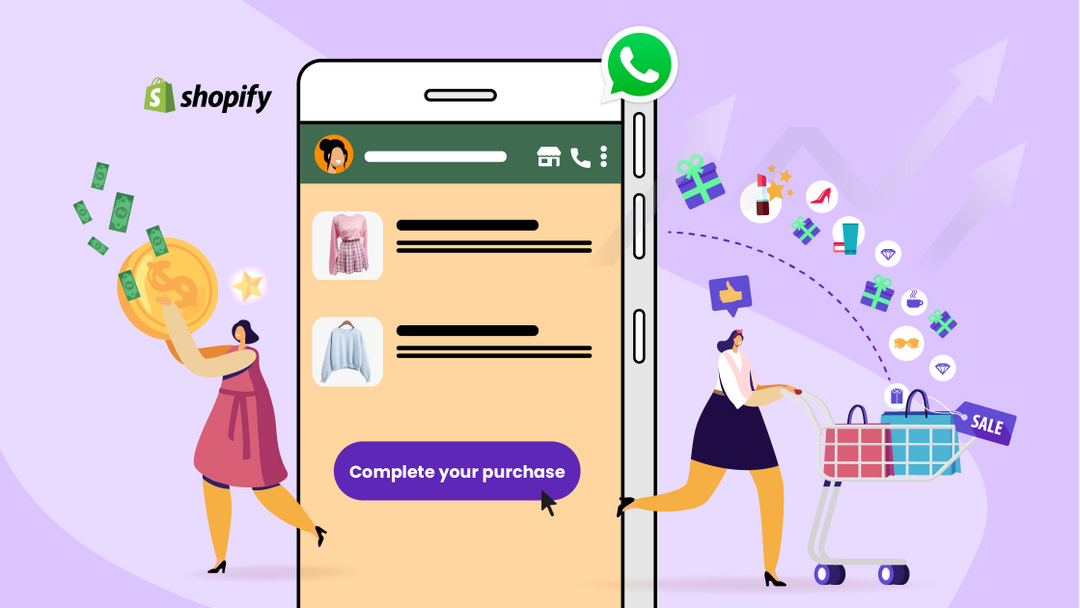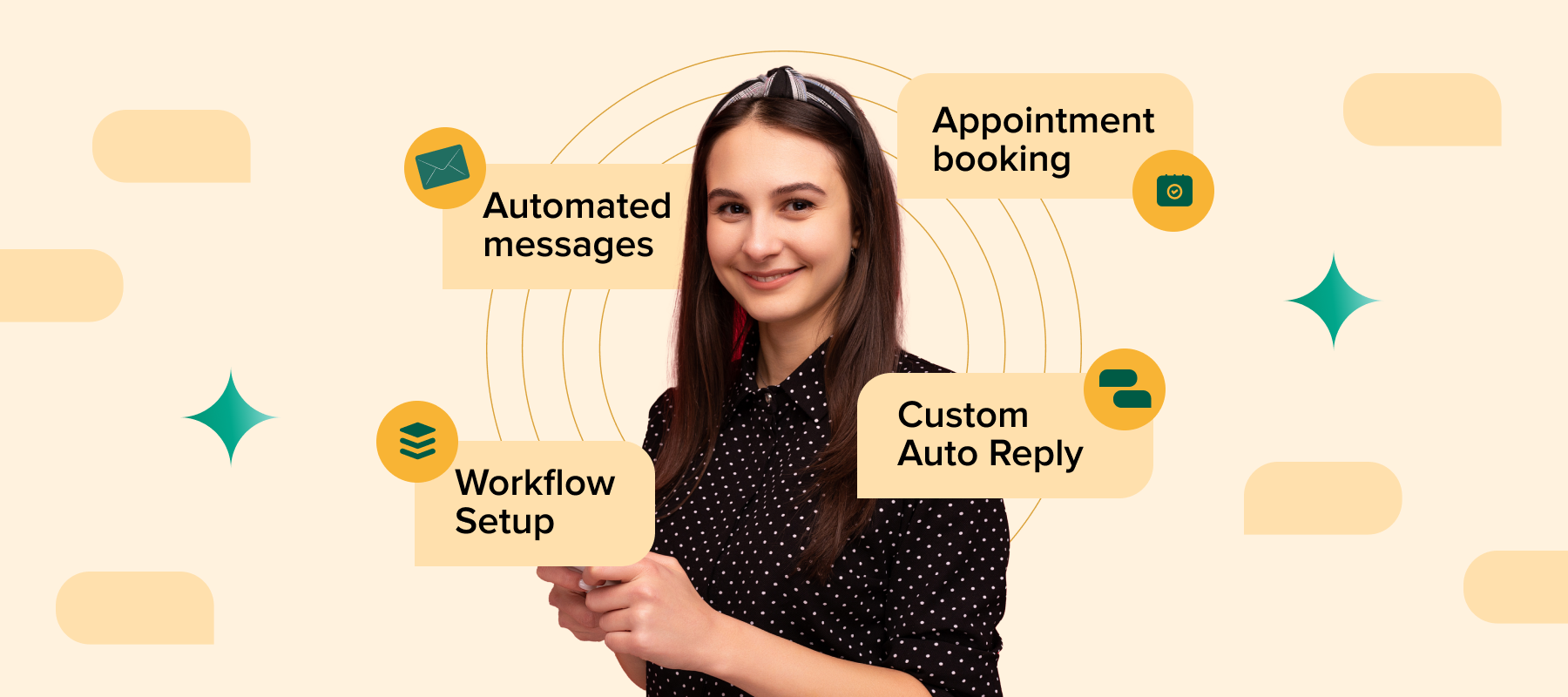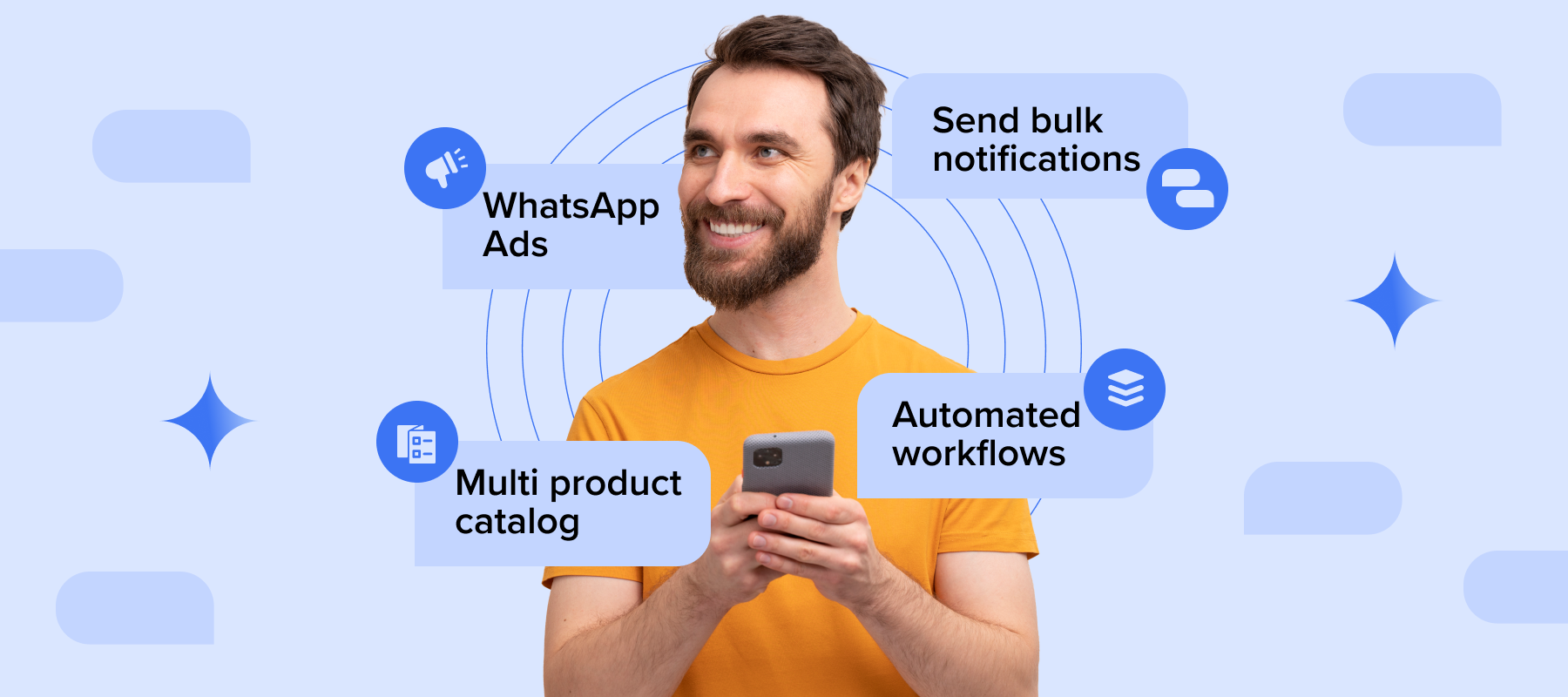Each year business owners shell out millions of dollars trying to get new shoppers to visit their stores. Some E-commerce owners consider any traffic to be good traffic, but the ultimate goal is to get shoppers to buy products from their website.
Many times, online retailers are left discouraged when shoppers visit their stores, add products to their shopping carts but leave without buying anything.
Shopping cart abandonment is a major issue faced by online retailers today.
A report by Notso states that it could take 3-5 visits at the least, for a customer to buy a product from your store.
What is shopping cart abandonment and why is it bad?
Shopping cart abandonment takes place when a shopper adds one or more products to their shopping bag or cart but leaves the website without completing the checkout process. If a product is added to the cart but not purchased, it is referred to as “abandoned”.
Here are some alarming statistics to prove that shopping cart abandonment is a pressing issue that plagues the e-commerce industry:
• A whopping 98% of people who visit your website for the very first time do not make a purchase.
• Shoppers who access websites from their mobile devices abandon their carts 85.65% of the time.
• E-commerce brands lose an astonishing $18 billion every year, due to cart abandonment.
• Shipping related reasons account for over 60% of cart abandonments.
• 55% of people will leave their carts if they are asked to re-enter credit card details.
• Optimising the check out process can increase conversions by nearly 36%.
You may now wonder, what is the average abandoned check out rate?
Recent statistics from the Baymard institute reveal that the average cart abandonment rate across all sectors is 69.87%. This means for every 100 potential customers who visit your site, 70 of them will not make a purchase.
It goes without saying that people who visit your store and add products to their cart, do so because they intend to buy. Lack of sufficient information, an inability to decide, unexpected costs or a complicated check out process could result in cart abandonment.
It’s a lot easier to convince these potential customers than it is to acquire new ones.
How is shopping cart abandonment calculated?
The calculation is pretty simple. All you have to do is divide the total number of completed purchases by the total number of shopping carts created by customers and subtract that from one to derive the cart abandonment rate.
For example, there were 50 completed purchases out of 300 shopping carts created, the cart abandonment rate is
1- (50/300)x 100= 84%
By calculating the cart abandonment rate, online retailers get a better understanding of their customer’s buying behaviour. It is also an indicator of how seamless the checkout process is.
WhatsApp for Abandoned Cart Recovery
Most online store owners still rely on traditional methods of cart recovery. They pursue customers with emails, hoping that the emails will be read and customers will proceed to recover their carts and complete purchases.
Most often, that’s not the case. It all depends on when a customer chooses to log in to their email account. And if they do, they may or may not read your email.
If you are a Shopify store owner dealing with high rates of cart abandonment, it’s important for you to send timely messages to customers to incentivize them to complete the purchase. You can send them discount codes, a gentle reminder about their pending purchase, similar product recommendation etc. using ‘WhatsApp Business Templates for e-commerce’. One sure-fire way to accomplish this is by tapping into the power of WhatsApp Business API.
Today, WhatsApp has over 2 billion users worldwide and is one of the most preferred Apps for communication. It’s a channel that people are all too familiar with, one that they stay active on day in and day out.
Every day, there are 100 billion WhatsApp messages that are exchanged on the App and people spend an average of 28 minutes of their time on the App.
Unlike email, customers don’t have to log in to read messages on WhatsApp.
The best part? Nearly 80% of WhatsApp messages are read within the first 5 minutes.
So a cart recovery message sent via WhatsApp Shopify integration is more likely to get noticed and get acted upon.
WhatsApp Chat + Abandoned Cart Shopify
To begin your cart recovery process through WhatsApp, you need to access WhatsApp Business API. This is done by partnering with a WhatsApp Business solutions provider like interakt.
interakt allows you to schedule automated WhatsApp notifications on checkout abandonment. WhatsApp notifications have a high rate of readability, so they offer a great opportunity to remind customers to follow through with their purchases.
Shopify Abandoned Cart recovery via WhatsApp has its benefits. Apart from notifications, you can send personalised and timely messages to customers.
interakt lets you set pre-approved message templates that resonate with your brand’s personality and voice. These messages can work as gentle reminders stating why customers should return to recover their carts.
WhatsApp is also a platform where you can have direct two way conversations with customers. Combat cart abandonment by engaging in conversations with customers to understand their preferences. Here are some pro tips on how you re-engage and win back your lost customers:
– Send automated and personalized WhatsApp Business Notifications reminding customers to head back to their carts and purchase the products.
– Share more details about the product or recommend better alternatives
– Inform the customers about any product offers that they are missing out on
– With the help of Quick replies on WhatsApp, offer delightful customer support and address any concerns they may have with your check out process or payments
Tackle cart abandonment on Shopify with interakt
WhatsApp Business API on interakt will not only help you tackle the issue of cart abandonment but power your Shopify store’s communication with its top-notch features like shared team inbox, quick replies & bulk notifications. Sign up on interakt today for a 14- day free trial.







